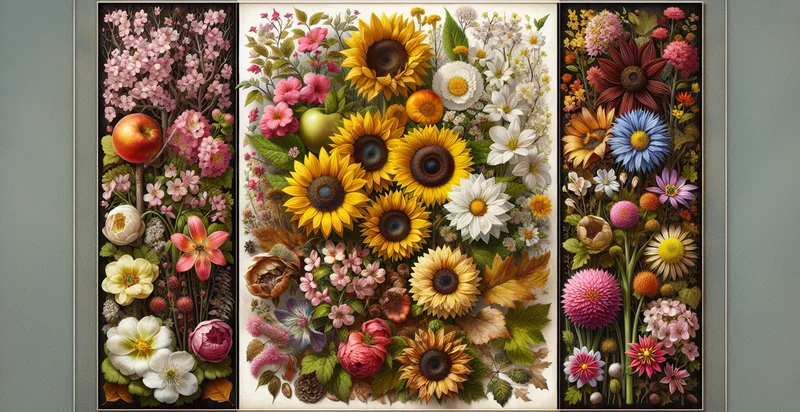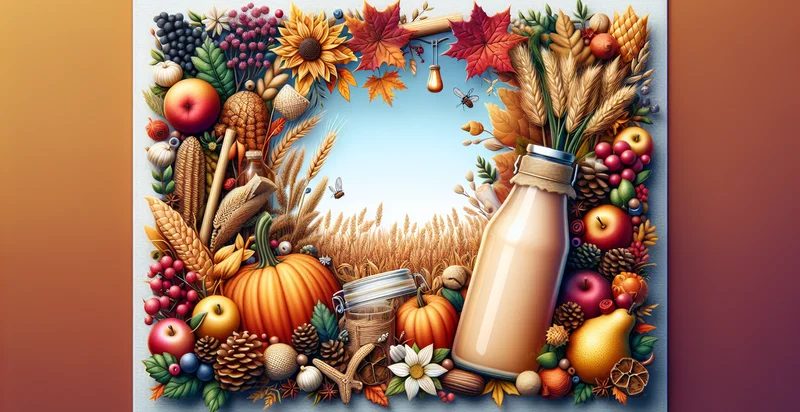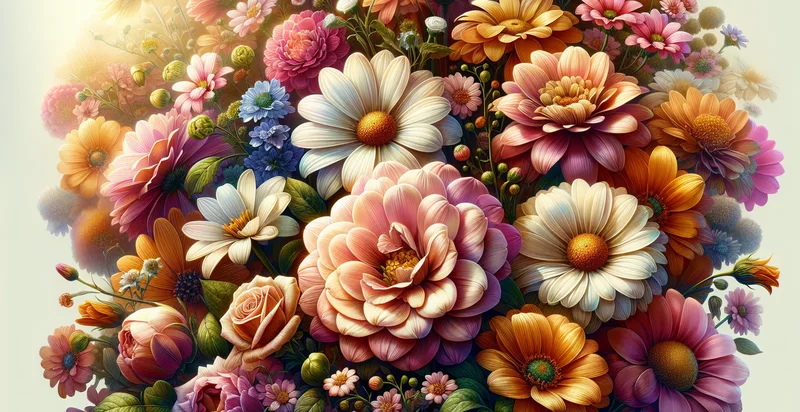Identify seasonal flowers
using AI
Below is a free classifier to identify seasonal flowers. Just upload your image, and our AI will predict what type of seasonal flower it is - in just seconds.

Contact us for API access
Or, use Nyckel to build highly-accurate custom classifiers in just minutes. No PhD required.
Get started
import nyckel
credentials = nyckel.Credentials("YOUR_CLIENT_ID", "YOUR_CLIENT_SECRET")
nyckel.invoke("seasonal-flowers", "your_image_url", credentials)
fetch('https://www.nyckel.com/v1/functions/seasonal-flowers/invoke', {
method: 'POST',
headers: {
'Authorization': 'Bearer ' + 'YOUR_BEARER_TOKEN',
'Content-Type': 'application/json',
},
body: JSON.stringify(
{"data": "your_image_url"}
)
})
.then(response => response.json())
.then(data => console.log(data));
curl -X POST \
-H "Content-Type: application/json" \
-H "Authorization: Bearer YOUR_BEARER_TOKEN" \
-d '{"data": "your_image_url"}' \
https://www.nyckel.com/v1/functions/seasonal-flowers/invoke
How this classifier works
To start, upload your image. Our AI tool will then predict what type of seasonal flower it is.
This pretrained image model uses a Nyckel-created dataset and has 4 labels, including Autumn Flowers, Spring Flowers, Summer Flowers and Winter Flowers.
We'll also show a confidence score (the higher the number, the more confident the AI model is around what type of seasonal flower it is).
Whether you're just curious or building seasonal flowers detection into your application, we hope our classifier proves helpful.
Related Classifiers
Need to identify seasonal flowers at scale?
Get API or Zapier access to this classifier for free. It's perfect for:
- E-Commerce Floral Sorting: An online floral marketplace can utilize the false image classification function to automatically identify seasonal flowers and sort them into appropriate categories. This ensures that customers receive accurate recommendations based on the time of year, enhancing their shopping experience and increasing sales.
- Inventory Management for Florists: Local florists can employ the classification function to manage their inventory efficiently. By analyzing images of incoming shipments, the system can flag misclassified flowers, allowing florists to maintain seasonal stock and reduce waste.
- Precision Marketing Campaigns: Marketing teams at floral companies can leverage image classification to create targeted campaigns based on seasonal trends. By identifying which seasonal flowers are popular, they can tailor advertisements to promote specific arrangements that align with customer preferences throughout the year.
- Event Planning and Theme Design: Event planners can use the classification function to identify and recommend seasonal flowers that match specific themes or occasions. This can help ensure that decorations are both visually appealing and appropriate for the season, enhancing the overall aesthetic of events.
- Augmented Reality Flower Recognition: An augmented reality application can integrate the false image classification function to help users identify seasonal flowers in the wild. This feature can educate users about local flora while driving interest in floral arrangements that correspond with the current season.
- AI-Powered Gardening Assistants: Gardening apps can use the classification function to advise users on which seasonal flowers are best suited for planting at different times of the year. By providing personalized recommendations, these apps can enhance user engagement and promote healthier gardening practices.
- Sustainability Tracking for Flower Supply Chains: Companies in the floral supply chain can implement the classification function to monitor and report on the origins and seasonal availability of flowers. This data can help businesses make informed decisions about sourcing, ultimately promoting sustainable practices and reducing environmental impact.


